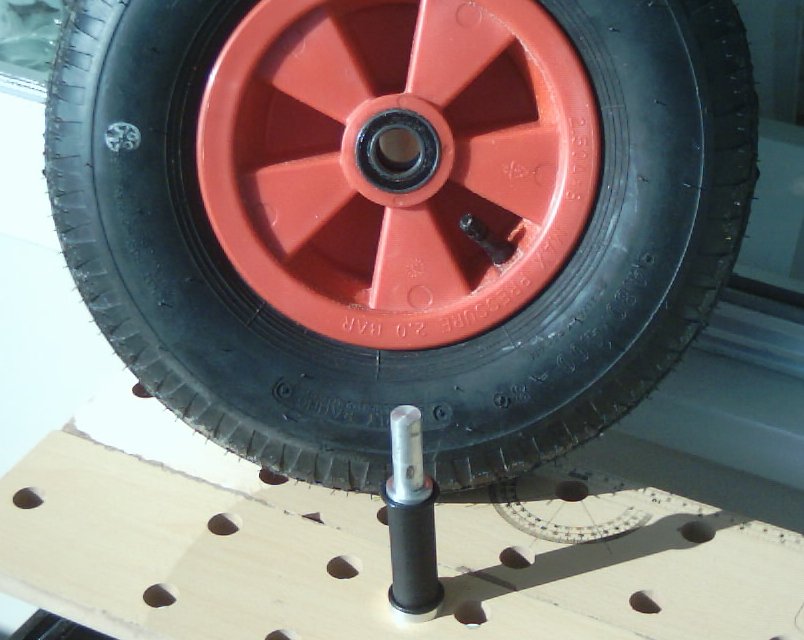The paste (duralac) can also go between the rivet and the walls of the hole, the other isolators like tape can of course not. Although, I do use sticking sail cloth to isolate my aluminium axles from the stainless steel ballbearing surfaces of the wheel on my landyachts. Basically, the sticking sailcloth is 0.125 mm thick (1/200th inch) and can be wrapped really tight around any bolts or other elements that pass through other materials.
I got sticking sailcloth again under things like my diamond wires chainplates and the mast, so here it is between both surfaces. The reasoning is pretty much that the less large the contact surface is to less severe the corrosion. This is not entirely a proportional relationship but it does make a difference.
Most rivets on beach cats are Monel rivets which are a mixture of Nickel and Copper which are very attractive in a glavanic sense. As far as I can tell on my own sail craft thus far is that these rivets hardly corrode at all. You can practically use them without isolators like duralac.
I use some stainless steel (parker) screws on my boat (to secure the spinnaker cleat to the mainbeam) and the corrosion around those holes is much more significant. But I'm actually thankful for that as it locks up the screws. It takes a good number of years for the hole to corrode to a level were the screw may break out. Then it is just a matter of sliding the fitting some 10 mm to one side or rotate its base plate and screwing it back to the beam again. This has not been necessary so far and my F16 boat is now 4 years old and stored on the beach itself and sails 99.5% of the time in salt water. I replaced the spi cleat on other Taipan a while ago and that boat had it on there for some 6 years already. I think I redrilled the holes then; but more because the owner wanted to be sure about them.
I'm surprised how long this corrosion can go on and still hold fittings to their place. Again this was between typical aluminium (beam 6068-T5) and pure Stainless steel. Other fasteners like monel blind rivets see much less corrosion and I expect them to hold for many many years (15+years).
At least this is may experience so far. I have been building and modifying sailboats and landyachts (also use on the beach) for 10 years now.
The picture is of an aluminium (6060-T6) axle and a wheel of one of my sailkart landyachts. The black stuff is the self sticking sailcloth. The black rings are O-rings used to isolate the bearings from the alu axle and alu frame to the sides.
![[Linked Image]](http://www.catsailor.com/bb_files/142406-Sailkart_landyacht_aluminium_axle_with_isolator.jpg)
This setup works really well, I have never had so little play in the wheel as with this setup. Even is the fabrication proces is not entirely dependable you just fill the additional void with a single layer of self sticking sailcloth. That stuff is also very resistant to wear. I have never tried heat shrink but maybe that works too. Best advantage of sticking cloth it that you can dependent on it being constant is thickness. Just as with paper sheets the control of the thickness is tightly controlled during fabrication. And of course you can just trim a long piece of cloth to just the right length to remove all play. On my landyacht axles I use just shy of two wraps around the axle. Besides the stuff is both cheap (cut-offs of my sail number and class logo) and can be bought and shipped from anywhere to anywhere.
Wouter

![[Linked Image]](http://www.catsailor.com/bb_files/142406-Sailkart_landyacht_aluminium_axle_with_isolator.jpg)
